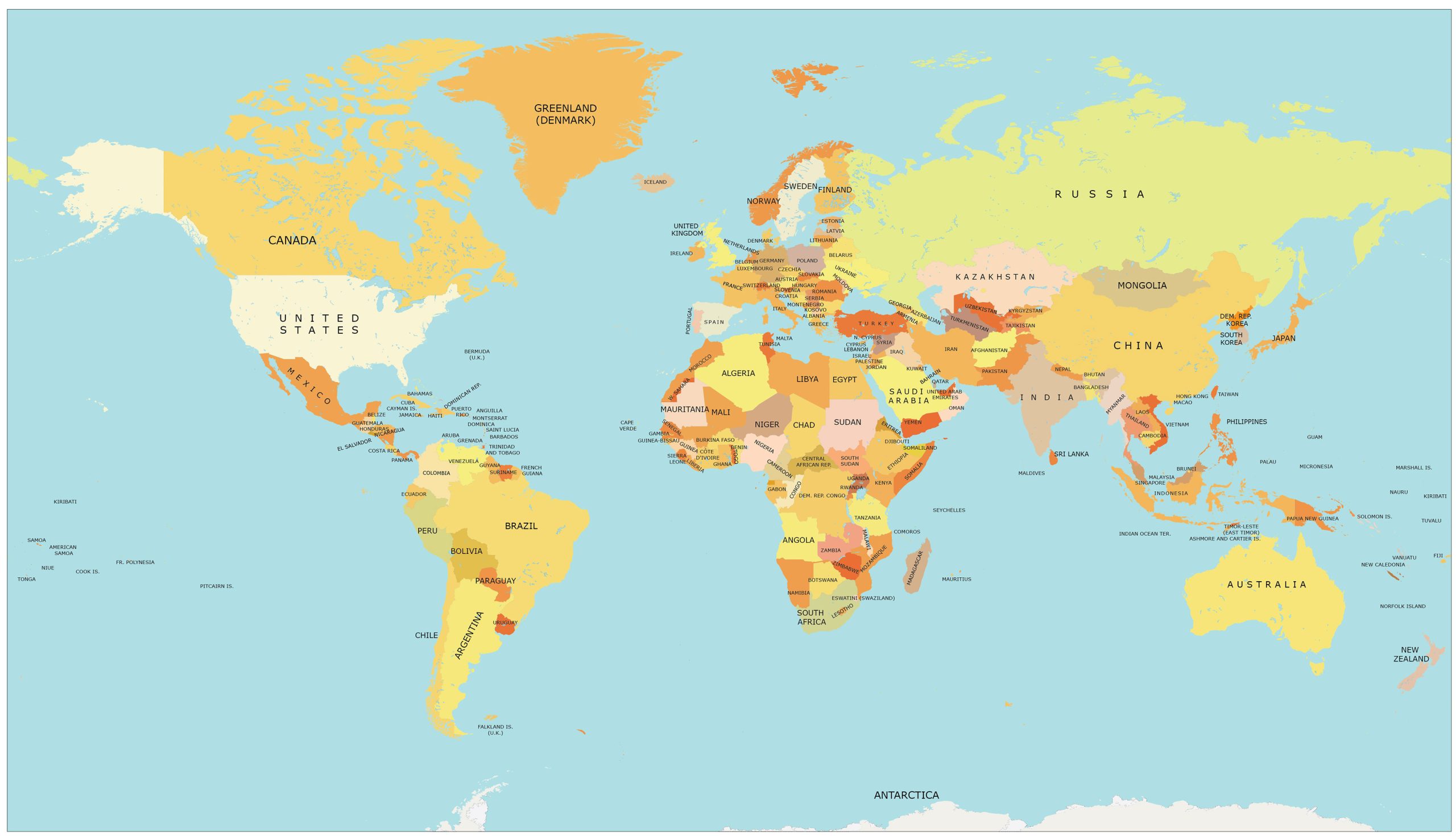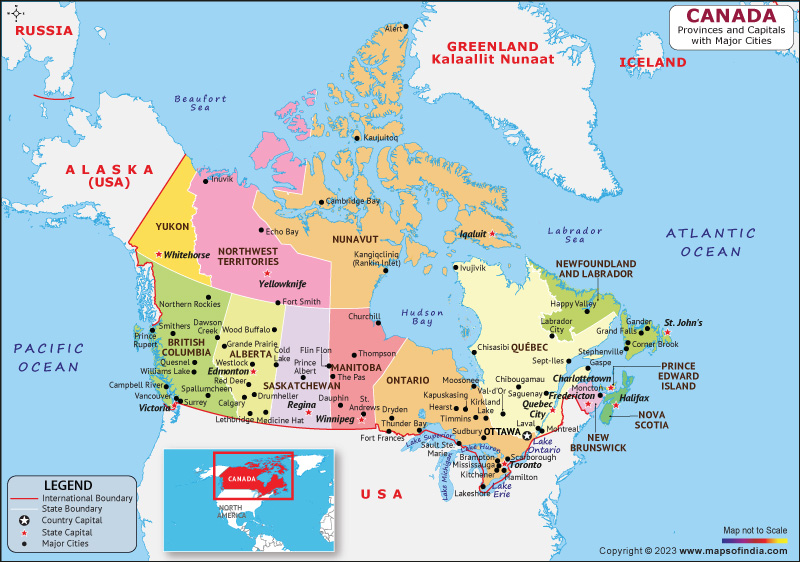
The Enduring Map: Unraveling the History and Identity of Florida’s Seminole Lands
The map of Florida, with its sun-drenched coastlines and vast wetlands, tells a story of diverse peoples and dramatic transformations. But for the Seminole Tribe, this map is not merely a geographical representation; it is a living document, etched with centuries of resilience, conflict, and unyielding identity. To understand the Seminole lands is to embark on a journey through a unique American narrative, a tale of survival against overwhelming odds, and a testament to the enduring spirit of an "unconquered" people. This exploration is not just for history buffs but for any traveler seeking a deeper connection to Florida’s soul, offering insights that enrich any visit beyond the beaches and theme parks.
The Genesis of a Nation: A Fluid Map of Origins
The Seminole story in Florida doesn’t begin with static borders but with fluid migrations and the convergence of disparate groups. The term "Seminole" itself, derived from the Muskogee word simanó-li or the Spanish cimarron, means "runaway," "wild one," or "free people." This moniker perfectly encapsulates their origins.

During the 18th century, as European colonial powers expanded and the burgeoning United States pushed westward, various Native American groups—primarily Lower Creeks from Georgia and Alabama—began migrating south into Spanish Florida. They were joined by remnants of earlier Florida tribes decimated by disease and conflict, such as the Yamasee and Apalachee, and crucially, by runaway enslaved Africans seeking freedom from Southern plantations. These "Black Seminoles" formed powerful alliances, contributing significantly to the tribe’s agricultural knowledge, military strategies, and cultural tapestry.
This early "map" of Seminole lands was not defined by treaties or fences but by the natural environment: fertile river valleys, coastal plains, and the fringes of the vast Everglades. Key settlements emerged around places like Alachua (near modern-day Gainesville), the Suwannee River, and later, deeper into the peninsula. These areas were chosen for their strategic defensibility, abundant resources, and distance from American encroachment. Spanish Florida, ironically, became a refuge for those escaping American expansion and slavery, setting the stage for future conflicts. The Seminole identity was forged in this crucible of diverse peoples, a shared desire for autonomy, and a fierce resistance to external control.
The Blood-Stained Map: The Seminole Wars and Forced Removal
The tranquility of these early settlements was shattered by the relentless expansion of the United States. As America acquired Florida from Spain in 1819, the Seminoles found themselves directly in the path of Manifest Destiny. The U.S. government, driven by land hunger and the desire to eliminate a sanctuary for runaway slaves, launched a series of brutal conflicts known as the Seminole Wars. These wars profoundly reshaped the Seminole map, shrinking their ancestral domains with each successive battle.
The First Seminole War (1817-1818), largely orchestrated by Andrew Jackson, saw American forces invade Florida, targeting Seminole towns and Spanish forts. Though brief, it marked the beginning of official U.S. military campaigns against the Seminoles and led to significant land cessions.
The Second Seminole War (1835-1842) was the longest, costliest, and most devastating Indian war in American history. Triggered by the fraudulent Treaty of Payne’s Landing, which demanded Seminole removal to Oklahoma, the war saw fierce resistance led by legendary figures like Osceola, Micanopy, and Jumper. The Seminoles, masters of guerrilla warfare, used Florida’s dense forests, swamps, and treacherous Everglades to their advantage, inflicting heavy casualties on U.S. troops. Dade’s Battle, where Seminole warriors ambushed and annihilated a U.S. column, remains a poignant symbol of their determination.
Despite their tactical brilliance, the sheer might of the U.S. military eventually wore them down. Thousands of Seminoles, including Osceola (captured under a flag of truce), were forcibly removed to Indian Territory (Oklahoma) along the "Trail of Tears." Yet, a resilient core, perhaps a few hundred, refused to surrender. They retreated deeper into the impenetrable heart of the Everglades, effectively becoming "unconquered." Their map, once encompassing vast tracts, was now reduced to the most unforgiving corners of the peninsula.
The Third Seminole War (1855-1858) was a final, desperate attempt by the U.S. to remove the remaining Seminoles. Led by figures like Billy Bowlegs, the Seminoles continued their hit-and-run tactics, but their numbers were dwindling. By its end, only a few hundred individuals remained in Florida, scattered in isolated family groups within the Everglades and Big Cypress Swamp. Their map had shrunk to small, elusive pockets of refuge, a stark testament to their refusal to abandon their homeland.
The Unconquered Heart: The Everglades as Sanctuary and Sustenance
For the survivors, the Everglades became more than just a hiding place; it became their world, their fortress, and their provider. This vast, "River of Grass" shaped their culture, language, and very identity. Its isolation, which had been their salvation, also ensured the preservation of their unique way of life, largely untouched by the assimilationist pressures faced by tribes on reservations elsewhere.
Life in the Everglades demanded incredible adaptability. The Seminoles developed specialized skills for navigating the watery landscape: crafting intricate dugout canoes (called pirogues) from cypress logs, building elevated homes called chickees (open-sided, thatched-roof structures) to protect against floods and insects, and mastering the art of hunting and fishing in a challenging environment. Their diet consisted of fish, turtles, alligators, deer, and various wild plants.
It was during this period of profound isolation that the distinct cultural markers of the modern Seminole emerged or were reinforced. The vibrant patchwork clothing, now iconic, developed in the late 19th and early 20th centuries as a creative adaptation of traditional appliqué designs using new access to sewing machines and colorful fabrics. The Mikasuki and Creek languages continued to thrive, as did their ceremonial practices and oral traditions. This was also when the distinction between what would become the Seminole Tribe of Florida and the Miccosukee Tribe of Indians of Florida began to solidify, with the Miccosukee retaining a more traditional, deeply Everglades-centric way of life.
The Everglades, therefore, became the central feature of the Seminole map of identity. It represented their freedom, their resilience, and the cultural core that allowed them to survive as a distinct people.
The Modern Map: Reservations and Self-Determination
The 20th century brought new challenges and opportunities for the Seminoles remaining in Florida. As the Everglades themselves faced increasing environmental threats from drainage and development, the Seminoles, once again, had to adapt. In the mid-20th century, the U.S. government began to establish formal reservations for the Florida Seminoles, recognizing their enduring presence and distinct cultural identity.
Today, the map of Seminole lands in Florida is comprised of several federally recognized reservations, each with its own character and role in the tribe’s modern identity:
- Hollywood Reservation (Dania Beach): Located near Fort Lauderdale, this is the administrative heart of the Seminole Tribe of Florida. It’s home to the tribal headquarters and the Seminole Hard Rock Hotel & Casino Hollywood, a major economic driver that revolutionized tribal gaming.
- Big Cypress Reservation: Deep in the Everglades, this reservation is often considered the cultural heartland. It’s home to the Ah-Tah-Thi-Ki Museum (a Smithsonian affiliate, meaning "a place to learn, a place to remember"), showcasing Seminole history and culture, as well as the annual Seminole Tribal Fair and Rodeo. This reservation offers a glimpse into traditional life, with cypress swamps, pine forests, and cattle ranches.
- Brighton Reservation: Situated on the shores of Lake Okeechobee, this reservation is primarily known for its extensive cattle operations, citrus groves, and agriculture. It represents a successful blend of traditional land use and modern economic ventures.
- Immokalee Reservation (Sam Jones): A smaller reservation in Southwest Florida, it also has agricultural ties and a casino.
- Fort Pierce (Okeechobee) Reservation: One of the newer and smaller landholdings, it contributes to the tribe’s diversified economic portfolio.
- Tampa Reservation: Another urban presence, home to the Seminole Hard Rock Hotel & Casino Tampa, which, like its Hollywood counterpart, is a significant source of revenue and employment.
Beyond the Seminole Tribe of Florida, the Miccosukee Tribe of Indians of Florida also maintains distinct lands primarily west of Miami, deep within the Everglades. Federally recognized in 1962, they have fiercely preserved their traditional culture and language (Mikasuki) and are known for their strong environmental advocacy and their own Miccosukee Resort & Gaming. Their villages and cultural centers offer unique insights into their heritage.
These reservations are not merely parcels of land; they are sovereign territories where the tribes exercise self-governance, manage their resources, and direct their own futures. The economic success, largely pioneered through gaming, has allowed the Seminoles to invest in healthcare, education, cultural preservation, and infrastructure for their people, proving that self-determination can lead to thriving communities.
Identity Forged in Fire: Beyond the Boundaries
The map of Seminole lands is intrinsically linked to their identity. The "unconquered" spirit, forged during the Seminole Wars, remains a core tenet. It speaks to a profound connection to their ancestral homeland and a refusal to be assimilated or erased. This identity is expressed through:
- Cultural Preservation: Through institutions like the Ah-Tah-Thi-Ki Museum, language programs, traditional arts (patchwork, basketry), and ceremonial practices, the Seminoles actively maintain and transmit their heritage to new generations.
- Environmental Stewardship: Having lived in harmony with Florida’s unique ecosystems for centuries, both the Seminole and Miccosukee tribes are powerful voices in the ongoing efforts to protect and restore the Everglades. Their deep traditional ecological knowledge is invaluable.
- Economic Sovereignty: The ability to generate their own revenue through diverse enterprises, from gaming and tourism to agriculture and cattle, has empowered the tribes to provide for their members and secure their future, free from external dependency.
- Political Self-Determination: As sovereign nations, the Seminole and Miccosukee tribes govern themselves, establishing their own laws and policies, and engaging in nation-to-nation relationships with federal and state governments.
Experiencing the Seminole Map Today: A Journey of Discovery
For the curious traveler and history enthusiast, exploring the map of Seminole lands offers an unparalleled opportunity for educational and cultural enrichment.
- The Ah-Tah-Thi-Ki Museum on Big Cypress Reservation is an absolute must-visit. It offers a comprehensive and authentic journey through Seminole history, art, and culture, featuring immersive exhibits, a mile-long boardwalk through a cypress swamp, and a living village demonstration.
- Miccosukee Village and Airboat Rides along the Tamiami Trail (US-41) offer a glimpse into the Miccosukee way of life, with alligator wrestling shows, craft demonstrations, and exhilarating rides through the Everglades.
- Seminole Hard Rock Hotels & Casinos in Hollywood and Tampa are not just entertainment venues; they represent the economic engine that has allowed the Seminole Tribe to thrive and support its cultural initiatives. They are modern manifestations of Seminole ingenuity and determination.
- Tribal Events and Festivals, such as the annual Seminole Tribal Fair and Rodeo, provide vibrant celebrations of Seminole culture, showcasing traditional dances, music, food, and crafts.
When visiting these sites, travelers are encouraged to engage respectfully, learn actively, and support tribal enterprises directly. This isn’t just tourism; it’s an opportunity to connect with a living history and contribute to the ongoing vibrancy of an indigenous culture.
Conclusion: A Legacy Etched in Land
The map of Seminole lands in Florida is far more than an outline on paper. It is a profound narrative of origin and adaptation, of conflict and unwavering resistance, and ultimately, of enduring identity. From the early migrations into Spanish Florida to the fierce battles of the Seminole Wars, from the isolation of the Everglades to the modern success of sovereign reservations, the Seminole people have continually redefined their relationship with their homeland.
Their story is a powerful reminder of indigenous resilience, a testament to the fact that identity, culture, and sovereignty can persist and flourish even in the face of unimaginable adversity. To understand this map is to understand a vital piece of American history, and to visit these lands today is to witness the vibrant legacy of a truly unconquered people, whose spirit is as boundless and eternal as the Florida sun itself.

